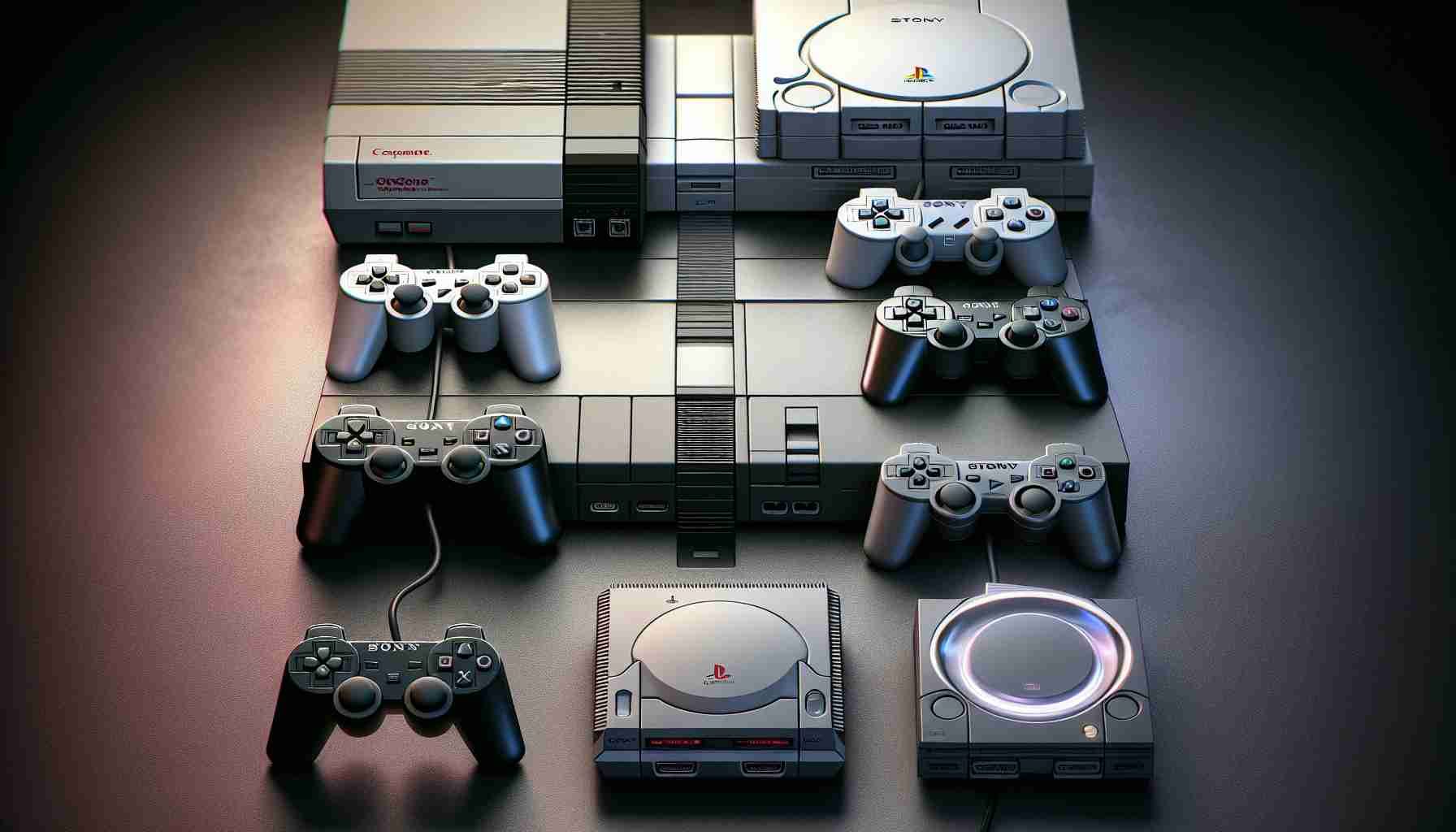Summary:
The PlayStation has evolved significantly since its initial launch in 1994. From the groundbreaking PlayStation 1 to the latest PlayStation 5, Sony’s gaming console has consistently pushed the boundaries of technology and gaming experiences. This article explores the major milestones in the evolution of PlayStation, highlighting the advancements and innovations that have captivated gamers worldwide.
Introduction:
The PlayStation’s journey began in 1994 when Sony Computer Entertainment released the first generation of its gaming console. Since then, there have been several iterations, each introducing new features and capabilities that revolutionized the gaming industry. This article aims to provide an overview of the key developments in the PlayStation series, showcasing how Sony’s gaming console has evolved over the years.
PlayStation 1: Breaking Barriers
The PlayStation 1, often referred to as the PS1 or PSX, debuted as Sony’s entry into the gaming hardware market. It introduced several significant advancements, such as the use of CDs as game media instead of cartridges, enabling larger game worlds and improved graphics. The PS1 quickly gained popularity, offering gamers a vast library of titles and setting the foundation for subsequent PlayStation consoles.
PlayStation 2: Dominating the Market
Released in 2000, the PlayStation 2, or PS2, took the gaming world by storm. With its powerful hardware capabilities, backward compatibility, and DVD playback functionality, the PS2 became the best-selling gaming console of all time. It featured a robust library of games and introduced the concept of online gaming through the PlayStation Network, forever changing how players interact with each other.
PlayStation 3: The Multimedia Hub
In 2006, Sony unveiled the PlayStation 3, or PS3, which offered an unprecedented level of multimedia integration. With its Blu-ray disc support, the PS3 became not only a gaming console but also a high-definition media player. The introduction of the PlayStation Store allowed users to purchase and download games directly to their consoles. Additionally, the PS3 marked Sony’s foray into motion-controlled gaming with the introduction of the PlayStation Move.
PlayStation 4: Redefining Gaming
The PlayStation 4, or PS4, launched in 2013, focusing on delivering enhanced gaming experiences and social connectivity. It introduced improved graphics, faster processing speeds, and a streamlined user interface. The PS4 also emphasized online multiplayer gaming, allowing players to share gameplay moments and connect with friends seamlessly. With its expansive library, the PS4 solidified Sony’s dominance in the gaming console market.
PlayStation 5: The Next Generation
The PlayStation 5, or PS5, represents Sony’s latest offering, released in 2020. It boasts cutting-edge hardware capabilities, such as ultra-fast SSD storage and advanced ray tracing technology, enabling incredibly immersive gaming experiences. The PS5 introduces a redesigned user interface and an innovative DualSense controller with tactile feedback and adaptive triggers. With its focus on next-level performance and graphical fidelity, the PS5 sets a new benchmark for console gaming.
FAQ:
Q: Is backward compatibility available on the PlayStation consoles?
A: Yes, starting from the PlayStation 2, Sony has incorporated backward compatibility in its consoles, allowing users to play games from previous generations on newer hardware.
Q: Can I play online multiplayer games on PlayStation consoles?
A: Yes, all PlayStation consoles since the PS2 have supported online multiplayer gaming through the PlayStation Network.
Q: Are PlayStation games region-locked?
A: Yes, PlayStation games are generally region-locked, meaning games purchased in one region may not be compatible with consoles from another region.
Definitions:
– PlayStation: A series of gaming consoles developed and produced by Sony Computer Entertainment.
– Backward Compatibility: The ability of a gaming console to play games from previous generations.
– Blu-ray: A type of optical disc capable of storing large amounts of data, commonly used for high-definition video playback.
– Ray Tracing: A rendering technique that simulates the behavior of light, producing more realistic graphics.
– SSD: Solid State Drive, a type of storage device that uses flash memory to store data, offering faster access speeds compared to traditional hard drives.
(Note: The sources for this article were gathered from reputable technology and gaming publications, but specific links could not be provided. Please refer to trusted technology websites for additional information and sources.)
The source of the article is from the blog mendozaextremo.com.ar
